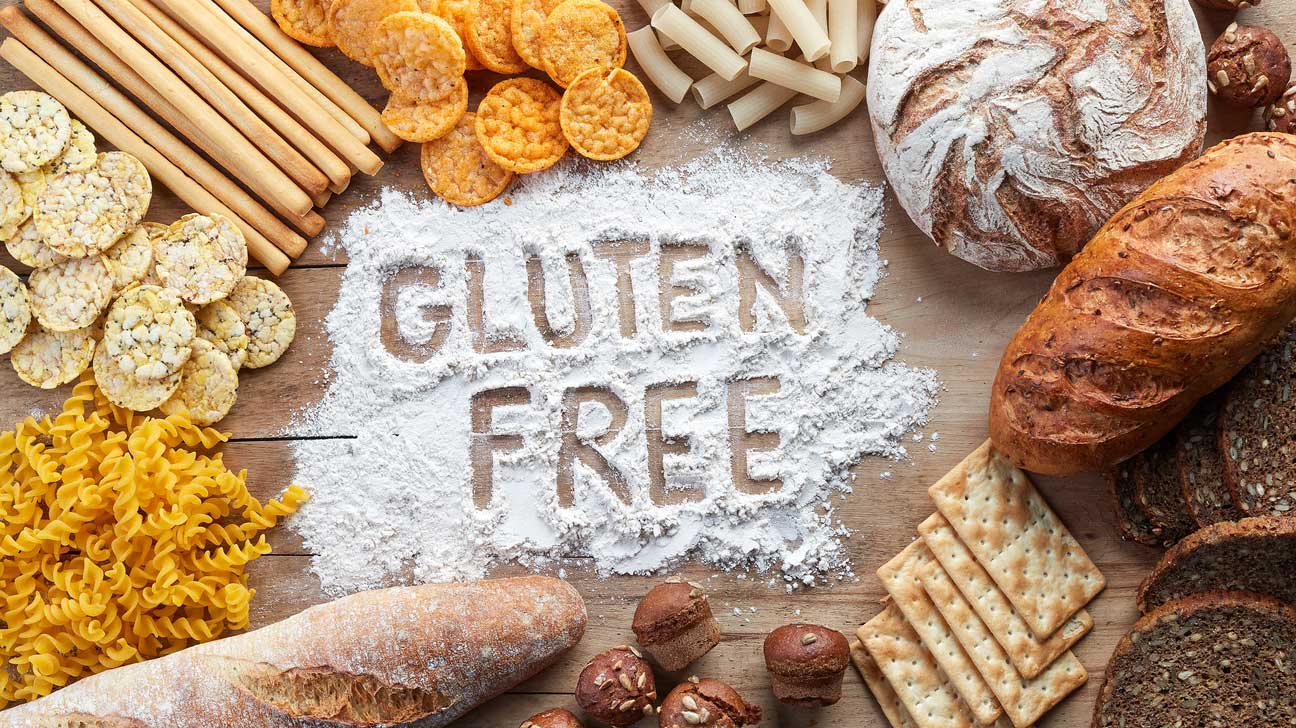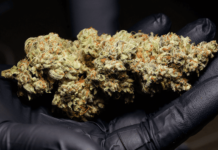Gluten-free foods haven’t always been the center of attention when it comes to food. Its recent spike in popularity is mostly because a lot of people have found out that gluten might not be so good for their bodies. For some people, ingesting this element leads to risks of celiac disease, which is an autoimmune disease that disrupts the body’s digestion.
This diet has also become popular among people who are not affected nor have any risks with celiac disorder. This is because the diet has a lot more benefits than just helping with digestion. It’s proven to boost your energy throughout the day and helps with weight loss, but this diet might not be successful for everyone. The reason why it might not be successful is that it was meant for people who are diagnosed with a celiac disorder or are very sensitive to gluten, to the point where their bodies, when they’ve ingested gluten, can have many side effects. It’s best to not use diets with different meanings for personal goals. It might not give you the results you want.
Carefully read the ingredients
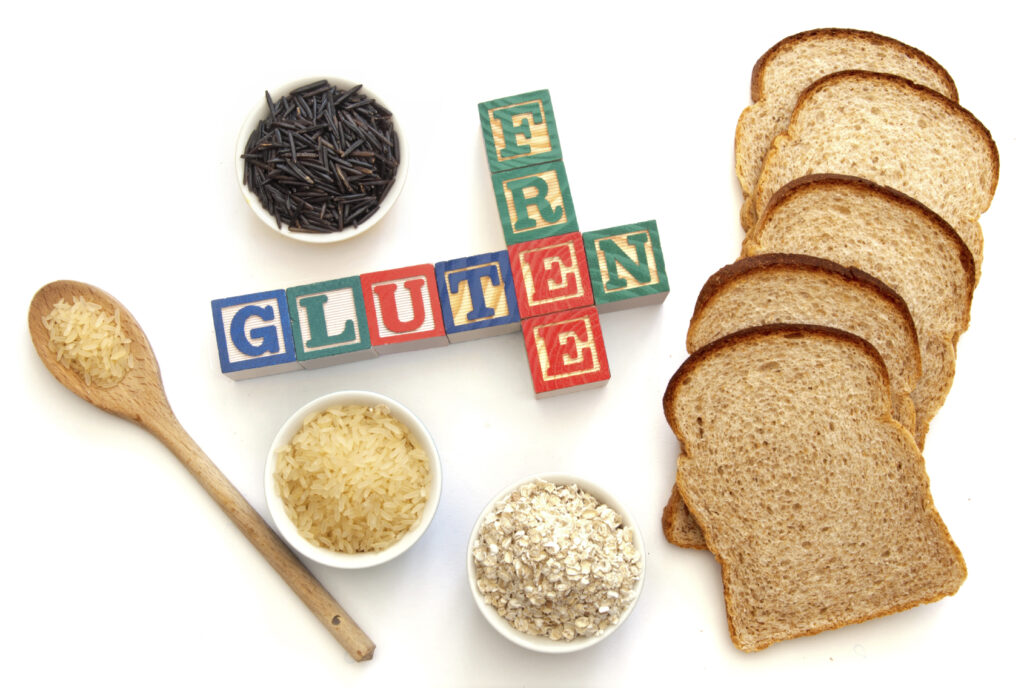
Nowadays a lot of companies will print out ‘’gluten-free’’ on their products, but not all of them, since gluten-free labeling isn’t required, it’s easy to overlook items that don’t actually have the said element. This is why it’s important to know which foods to stay away from and which you can safely ingest. Learning about the ingredients that are harmful to you can make your food selection much easier. These are some common ingredients that contain the said element in them:
- Rye
- Wheat
- Kamut
- Spelt
- Farro
- Couscous
- Farina
- Oats
- Barley
- Starch
- Durum
- Semolina
- Graham
Many other foods contain the element, but these are the most commonly used. If you’re interested in knowing if other foods that weren’t mentioned here contain this ingredient or not, glutenfreeheroes.com can help in that department.
Bread, crackers, and other similar foods also contain the said ingredient, and the only way to be sure that what you’re buying doesn’t contain gluten, you have to read the ingredients list.
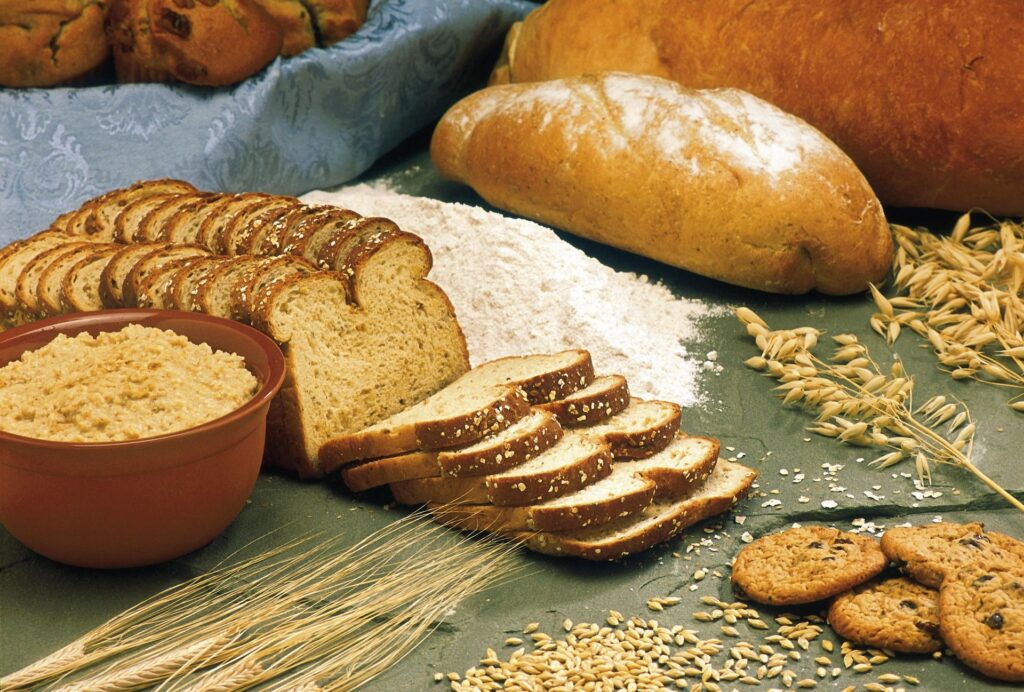
Be sure to read the ‘contains’ comment on the nutrition facts bottle as well. Any ingredients that may be harmful to people with food allergies, such as peanuts, milk, or wheat, should be included in the statement.
Although, when companies put “gluten-free” on their products it’s usually true, not in all cases. Cross-contamination occurs more frequently than it actually should. This means that the food and ingredients that are supposed to be processed in different facilities, sometimes they’re processed in the same place as foods that are made with the said element. Because of this common mistake, it’s not a bad idea to double maybe even triple-check the ingredients label.
Many meals that you probably eat on a daily contain the said ingredient, but there’s a reason why. Most meals share some ingredients, and they’re mostly wheat, starch, hydrolyzed protein, wheat flour, and so on. Although it’s always safer and smarter to make your meals at home, some restaurants offer gluten-free meals, and that can sometimes be a lifesaver.
Avoid condiments
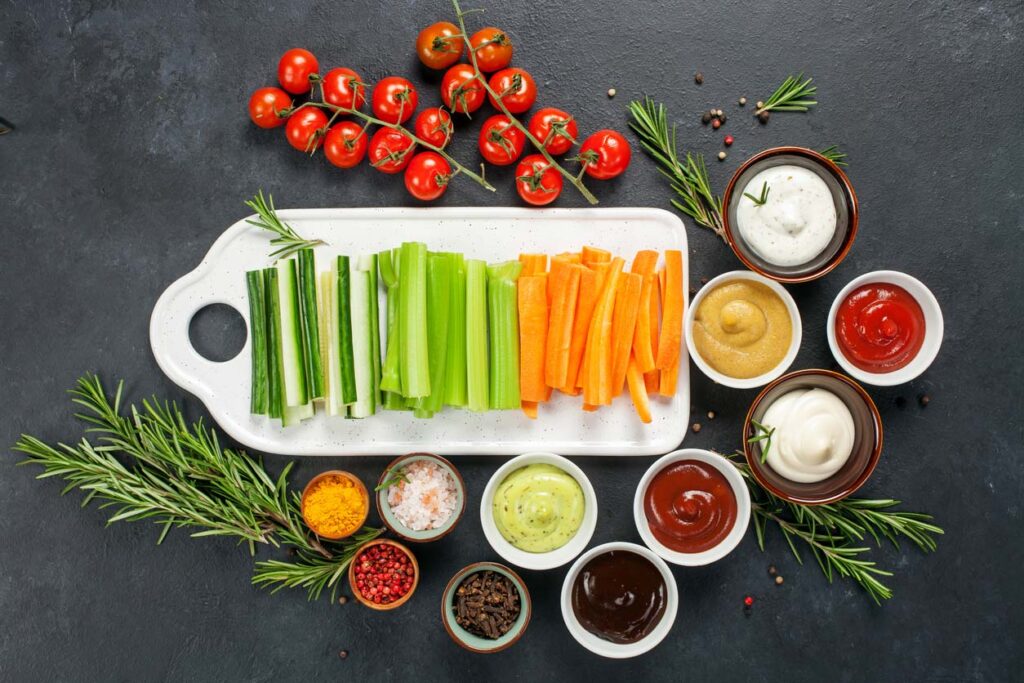
You’ve probably never guessed that regular condiments that go with your main dish could be filled with the said ingredient, but that makes two of us. They actually have a surprisingly large amount of said element in them, such as:
- ketchup
- barbecue sauce
- soy sauce
- gravy
- salad dressing
- spices
- vinegar
If one of your favorite side condiments is on this list, that doesn’t mean you should never eat it again. This problem can be easily solved just by making everything homemade. That way you know exactly what goes in and what goes out in your food.
Not all beverages are safe
Sorry to break it to you, but if you’re extremely sensitive to the star of this article, some alcohol and caffeine that is premade aren’t as safe for you. Alcohols such as bottled wine and beer, really aren’t your best friends in this case, as well as chocolate milk and premade coffee. They taste amazing, but to people with celiac disorder, they sure aren’t worth the risk.
It’s important to mention that this diet isn’t a trend. The only time it should be followed is if you’ve been diagnosed with celiac disease. If people with this disorder ingest even small amounts of this element, they could have very painful side effects.
It’s not always in food
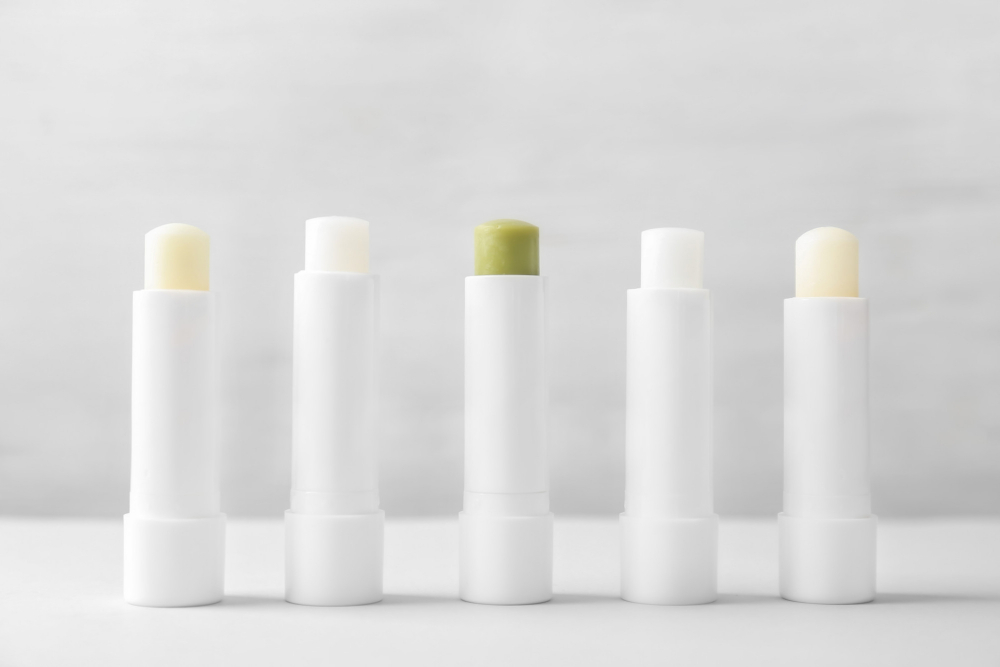
It might sound absurd, but this ingredient can be found in other products, and they don’t have to be food. For example, it can be found in lip balms, toothpaste, vitamins, and many other products that would never cross your mind to check for this element. This is why every product needs to be certified gluten-free, but only with trusted organizations that offer certification.
The main goal of these organizations is to approve foods that have less than 10ppm of the element in the ingredients. This little detail may not mean much, but it certainly has a lot of benefits. Usually, products that are not labeled or certified, have over 20ppm of gluten in them, and that amount is much higher than the recommended amount.
The ppm in your meals is usually measured with a device called Nima. Before, the amount of this element was measured through analysis, but Nima made it much easier to do so. To actually test your meals, you insert a small amount of it in the device, and with its sensors, it can detect the element in a matter of minutes. This can be very useful when going to restaurants, and this way you can remember which restaurant makes safe and good meals that don’t contain the said element.
We hope that everything that was listed in our article was of any help to you, but we still recommend consulting with your doctor or hiring a professional nutritionist. Our pointers can help you while shopping for groceries, to know exactly what to look out for and what to completely avoid.

